Fundamental Changes to Advanced Education by Dr. J.T. (Tom) Snell
Introduction
The following 17 recommendations are written as specific fundamental changes to Advanced Education and the public, private, and vocational post-secondary institutions who deliver adult education. It should also be noted that most of these changes could be modified and then applied to all government departments.
Management Practices
Public, private, and vocational institutions should be managed using leading edge management practices such as:
1) Focusing on outcomes first and processes second.
2) They should move away from an institution and faculty centred organization to an employer and student centred organization.
3) All decisions should be based on the best interest of employers first, graduates second, society third, and institutions fourth.
4) All annual funding transfers to public post-secondary institutions should be based on employer, student, program, and institutional performance outcome measures.
5) The higher the level of successful outcomes the higher the level of annual funding transfer to public institutions.
Performance Measures
The following performance outcome measures would be required as part of each public, private, and vocational institution website. Measures should be based on consistent methodology, be easily found by the public, and easily compared between one educational institution website and another. This will enable all stakeholders to make more informed education-related decisions. Third party random audits should be conducted on an ongoing basis.
Performance measures of particular interest to employers, students, and other stakeholders include the following:
6) The percent of students who graduated from each post-secondary program.
7) The percentage of students who were employed in the field in which they were educated.
8) The level of employer satisfaction of students based on the students final work experience or practicum.
9) The level of student satisfaction with the education they received (measured during their final semester).
Other changes to public and, where appropriate, private and vocational institutions that would either reduce costs, improve performance or both include the following:
10) Moving from two semesters of 15 weeks of instruction per year to three semesters of 15 weeks of instruction per year. This would make much better use of facilities, furniture, equipment, and human resources, and significantly reduce annual costs to the institution and government. This could reduce the cost to deliver a program by upwards of 33%. This would allow students to complete their education sooner, significantly reduce the cost of their education, and allow the student to move on to the workplace sooner.
11) As most employers do not see any significant difference between the majority of three and four year degrees, all public and private degree granting institutions should be required to re-introduce the 3 year degree. Then only those students applying to graduate school should complete a four year honours degree. This could reduce the student’s cost to get a degree by upwards of 25%. It should also be noted that the United Kingdom (UK), which has some of the world’s most respected universities, continues to offer 3 year degrees as well as four year honours degrees.
12) Allow public, private, and vocational colleges to change the name of their two year diploma to Associate Degree. This would increase the comfort level of parents and students who feel that college is their better choice but would prefer the word degree was associated with their education. Most USA colleges have already moved to the term Associate Degree.
13) Stop calculating the cost per student in a specific public program and instead start to calculate the actual cost per graduate for each program. As some programs achieve less than a 50% graduation rate, this will allow stakeholders to gain a better understanding as to the actual cost of a program. The actual cost per graduate should be arrived at when all factors are considered such as the cost of land, buildings, equipment, furnishings, research, marketing, administration, staff, faculty etc. are divided by the actual number of graduates. The actual cost per program graduate from the previous year should be posted on the website of all public, private, and vocational institutions.
14) All college and university graduates from public, private, and vocational institutions in the province should have a consistent set of competencies and skills needed to be successful in their profession or occupation. Therefore, all programs that do not already have a national or provincial exam developed and administered by an independent accrediting body representing industry, will have one developed. This development will be led by Advanced Education and include only employers who may be employing the graduates. Graduates will have the option to write these industry-based exams and receive a Provincial Certification. Both the overall provincial and institutional exam results will be posted on the website of each public, private, and vocational institution. This would enable prospective students to compare the results and make a more informed choice of which institution will best prepare them for their future profession or occupation.
15) Based on recent research paid for by the Conference Board of Canada, Canadian employers feel that graduates of our universities and colleges lack a wide range of professional or essential skills. These skills include communication skills, problem solving and decision making skills, listening skills, and team work skills, to name a few. The above noted provincial exams should measure student competency in these areas as well.
16) All professional and occupational programs in public, private, and vocational institutions should include one or more required work-experience/practicum courses. This will give each student a foundation of applied experience in their future field of employment. Items 14, 15, and 16 would help ensure students have a greater opportunity to more effectively transition from their school to their chosen profession or occupation.
17) Advanced Education should review the role of private vocational colleges and private universities and colleges. Then, wherever the department can actually achieve greater cost savings while maintaining quality outcomes, it should utilize those institutions as an important player in the delivery of public education. This may mean moving some programs from public to private or vocational institutions.




